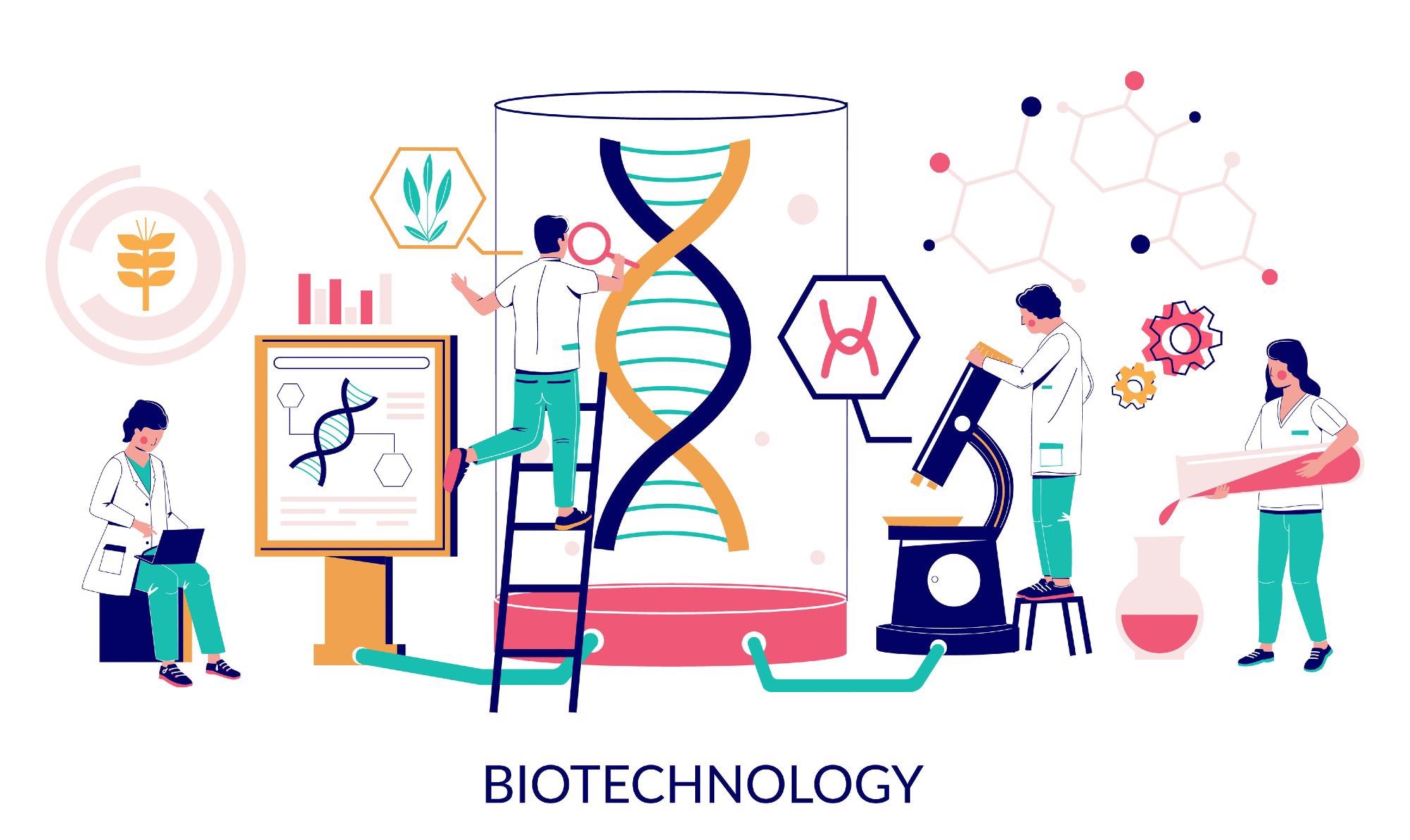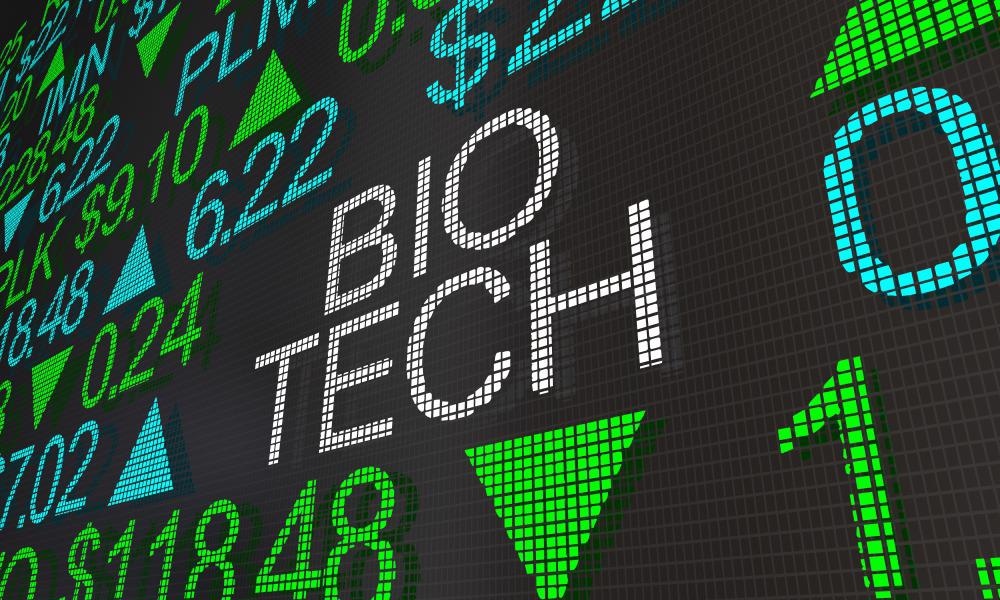We are in an interesting time in history. As we emerge from the other side of the global pandemic, the new status quo has yet to be established. Every industry and every global region felt the impact of the pandemic and was changed by it.

Image Credit: Siberian Art/Shutterstock.com
Here, we discuss the current state of the global biotechnology industry, highlight major players and regions, as well as describe the unique nature of the relationship between COVID-19 and the sector. We also make calculated predictions as to how the industry will likely adapt and transform in the near future.
Biotech changed COVID-19, COVID-19 changed biotech
The global biotechnology sector has experienced a significant change in the last two years. Before the COVID-19 pandemic, the market was valued at $449.06 billion in 2019, with the US and Canada dominating, holding a 40% share. While most industries were profoundly negatively impacted by the pandemic, due to restrictions on the global movement of goods causing supply chains to fail, and sickness and stay at home rules drastically reducing the workforce, productivity, and innovation, the biotechnology sector was one of the few industries to have impacted the course of the virus, rather than be controlled by it.
The pandemic appears to be coming to an ends thanks, in part, to the contributions from the biotechnology sector. Scientists working in the field of biotechnology were able to gain important insights into the nature of the virus, knowledge that is vital for the establishment of effective vaccines and therapeutics.
The development of COVID-19 vaccines would not have been possible in such a short timeframe had it not been for biotech. Our knowledge and expertise in this field allowed scientists to rapidly search for molecules with therapeutic activity suitable for activating the immune system to fight against the SARS-CoV-2 virus.
Additionally, while the biotechnology sector appeared to be thriving during the COVID-19 pandemic due to its vital impatience to human health being put into the spotlight, this is not 100% true. The biotechnology industry as a whole suffered significant losses during the pandemic also. As hospitals were put under increasing pressure, important and expensive clinical trials were put on hold or canceled. The quality of the data will likely have been affected, or will not have been collected at all. Additionally, the disruptions to supply chains and the reduced availability of staff to work laboratories are thought to have negatively impacted preclinical studies. The disruptions will likely ripple through the industry for years to come.
The current status of the biotechnology industry
Biotechnology enters 2022 with a lot to look forward to. While it experienced disruptions over the course of the pandemic, experts believe it will bounce back stronger than ever, particularly now that the industry is in the global spotlight.
Currently, key companies operating in the global biotechnology sector include Allergan, Inc., Amgen, Inc., Biocon Limited, Biogen Inc., Celgene Corporation, CSL Limited, F. Hoffmann-La Roche AG, Genmab A/S, Gilead Sciences Inc., Johnson & Johnson, Novo Nordisk A/S, Regeneron Pharmaceuticals Inc., Pfizer Inc., Seagen Inc., Vertex Pharmaceuticals, Inc., and others.

Image Credit: iQoncept/Shutterstock.com
Future directions for the biotechnology sector
It is true that the biotechnology sector was, in some ways, negatively impacted by the pandemic. However, experts predict that this will ultimately be a good thing to help the industry move forward. Key inefficiencies in the biotechnology industry were recognized as a result of the pandemic, which will now be able to be addressed to help the industry improve. Many lessons will be learned from the pandemic and, as a result, the industry will be better positioned for vaccine production and repurposing existing drugs for new indications in the future.
Healthy predictions have been made relating to the growth of the global biotechnology market. Between now and 2025, it is predicted to grow at a compound annual growth rate (CAGR) of 8.3% to reach a value of $729 billion. Other experts have made even more positive estimations, predicting that the market will grow at a CAGR of 15.5% between 2020 and 2027, reaching a market valuation of over $850 billion.
North America is currently holding the dominant share of the market, something that will likely continue into the future. The fastest growth is expected to occur in the Asia-Pacific market, with India and China fueling most of the region’s growth. Factors such as improved healthcare infrastructure and clinical trial services, as well as supportive government policies and epidemiological factors, will be the main drivers of growth in this region. Additionally, the increased collaboration between companies in the sector in Asia-Pacific will also likely fuel growth over the coming years.
Diseases and areas of research that will be of key interest in the biotechnology sector are immunology, Alzheimer’s disease, cell and gene therapy, nonalcoholic steatohepatitis (NASH), RNA, and rare and orphan diseases. Additionally, COVID-19 will remain a therapeutic focus in biotechnology.
Overall, the future looks very bright for the field, and key innovations and discoveries will likely continue to emerge from biotechnology.
Further Reading
Last Updated: Feb 25, 2022